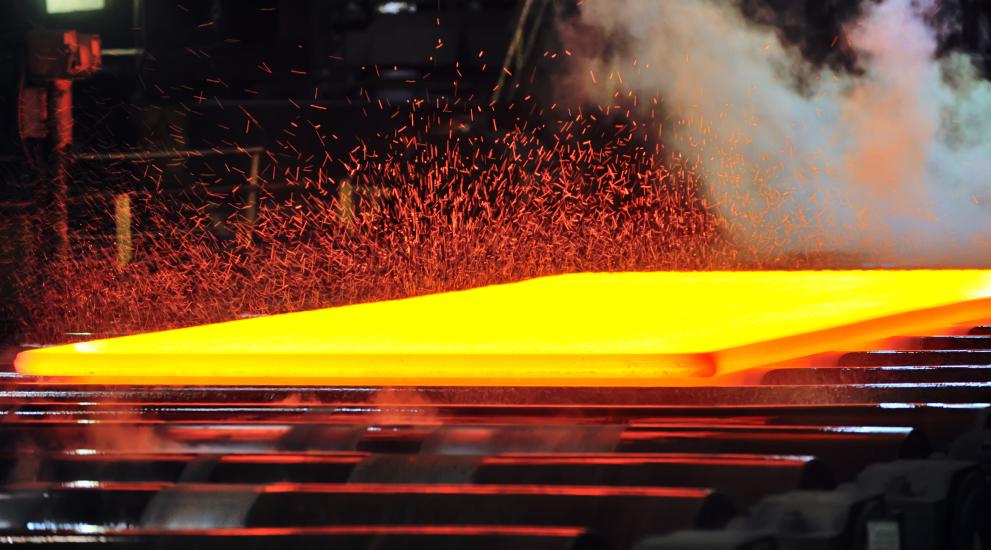
About 1400 ferrous metals processing plants in the EU will have to reduce their environmental impact to meet the new legislative changes, published today. Existing ferrous metals processing installations will have 4 years to comply with stricter environmental norms, while new installations will have to comply immediately.
It is another step by the European Commission towards the Zero Pollution ambition to reduce air, water and soil pollution to harmless levels to health and natural ecosystems. The Zero Pollution action is one of the Green Deal’s headline actions on pollution, among a series of initiatives aiming to make Europe the first climate-neutral continent.
The new norms deliver a reinforced level of protection, with particular emphasis on emissions to air and to water, as well as on other environmental issues relevant to circular economy – including energy efficiency and resource efficiency (water consumption, raw material consumption, waste generation).
They also promote more sustainable industrial production through the substitution of raw materials that are hazardous, harmful or have a high environmental impact. Finally, they will contribute to decarbonise the sector by, for the first time, explicitly promoting the use of fossil-free energy sources for the heating processes.
These environmental legislative changes concern in particular all the downstream steel production processes whereby semi-finished steel products (e.g. ingots, slabs, blooms and billets) are further transformed using hot or cold rolling processes to produce a variety of final products including:
- hot rolled coils and heavy plates (hot rolling of flat products);
- beams, rails, bars, rods, tubes and rings (hot rolling of long products);
- cold rolled coils (cold rolling).
Additional plants concerned are installations producing steel wires and galvanising plants (using either continuous or batch processes).
Best Available Techniques (BAT)
The new norms are based on new specifications stemming from a review of the Best Available Techniques (BAT) Reference Document (BREF) for the Ferrous Metals Processing industry that covers:
- emissions to air, water and soil as well as other environmental performance aspects;
- norms on how technology is used and on the way in which installations are designed, built, maintained, operated and decommissioned;
- monitoring provisions associated with the BAT (monitoring methods and frequency).
The BAT conclusions provide national authorities with a sound technical basis to set the conditions under which operating permits are granted to industrial installations.
Background
The Industrial Emissions Directive (IED) provides a framework for regulating about 52 000 agro-industrial installations across the EU. It requires these installations to hold a permit based on the use of BAT. An EU-level information exchange process results in BAT reference documents and establishes BAT conclusions.
The process for the drawing up and review of BAT reference documents and their conclusions is led by the Joint Research Centre’s European Integrated Pollution Prevention and Control Bureau, based in Seville, Spain, and is known as the ”Sevilla process”.
It is a highly participatory exercise, based on the collection and collective analysis of actual data from hundreds of plants. For the Ferrous Metals Processing (FMP) BAT reference document, emission and consumption data at plant level were received from about 300 plants and technical discussions took place during several technical working group meetings with nominated stakeholder experts.
Once agreed upon among stakeholders, including industry, EU public authorities, environmental NGOs and other services of the European Commission, the BAT conclusions were drafted and adopted by the Commission.
The FMP BAT conclusions are the 18th set of BAT conclusions adopted as a Commission Implementing Decision under IED.
Details
- Publication date
- 4 November 2022
- Author
- Joint Research Centre
